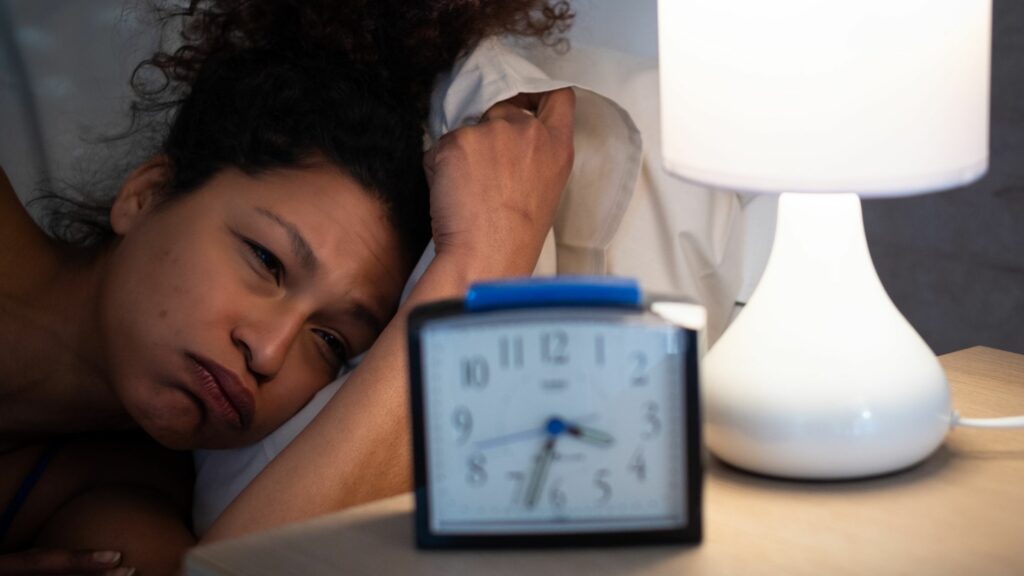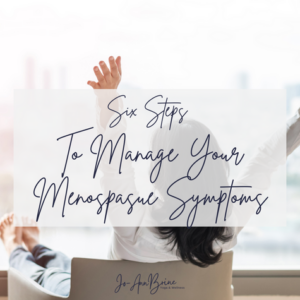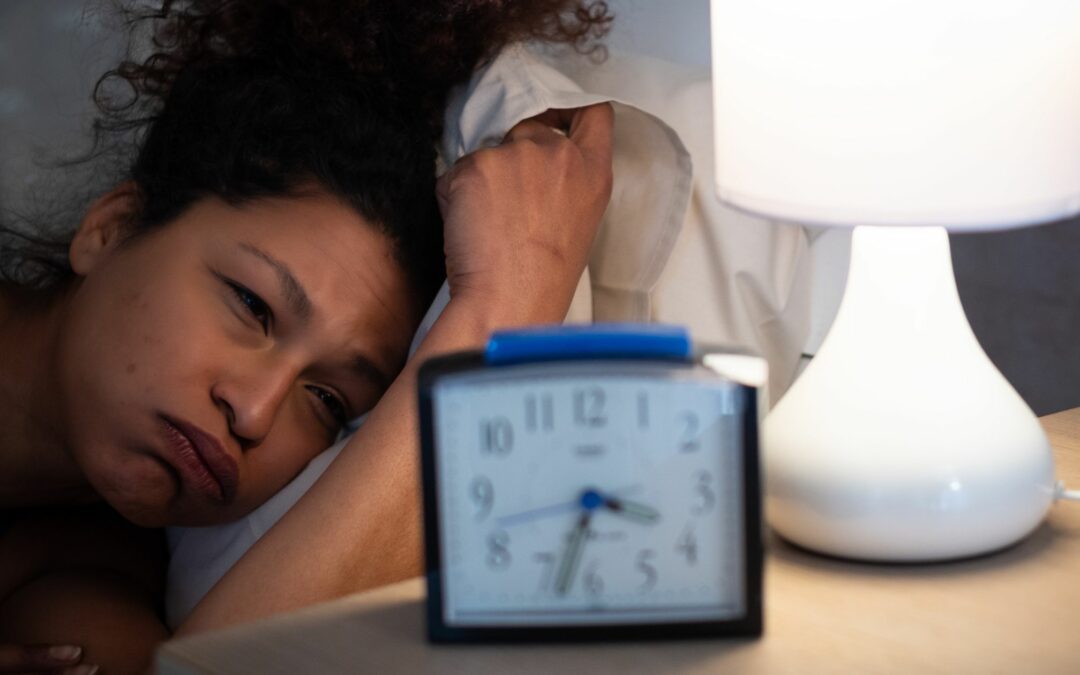
Sleep Tips for Midlife Women
If you’re having trouble getting the rest you so richly deserve, you’re not alone! 40% of women have sleep problems during perimenopause and menopause. What’s at fault? There are six main culprits. But don’t despair. You can beat them with my best sleep tips for women in midlife, including yoga, meditation, and pranayama.
Why is it harder to sleep as we get older?
Why do so many middle-aged and older women have insomnia? Here are six common culprits.
Hot flashes / Night Sweats
You’re having a lovely sleep, not bothering anyone, when suddenly the blood vessels at the skin’s surface expand. Your skin flushes red, and your body is unbearably hot. To cool down, your body turns on the taps, i.e. your sweat glands.
Now you’re hot and wet (and not in a sexy way). Followed by cold and damp. Yuck!
Sometimes multiple times a night! For years!
Grrrrr!
Depression / Anxiety
Depression and anxiety are extremely common for women in mid-life. Many of us are reflecting back on the past, sometimes a little too critically. At the same time, we’re also super busy with work, kids, ageing parents, and community responsibilities.
The nasty combination of worry and self-judgement makes it really tough to fall asleep and stay that way.
The Perimenopause Roller Coaster
Hormones play a big role in the type of sleep you get. The week before your period can be the worst during perimenopause because your progesterone levels are so high.
Progesterone interferes with deep, slow-wave sleep. So in that week before your period, you wake up many times throughout the night for a few seconds.
Aches and Pains
Hormones don’t get all the credit. Let’s not forget all the other complaints that come with ageing.
- Joint pain,
- Chronic pain
- Restless legs
- Indigestion
Anyone of these can have you stomping to the couch in the middle of the night.
Ageing Sleep Patterns
As we age, a protein called beta amyloid gradually builds up in the brain. The more of this protein the less likely that we reach the deeper sleep states. After age 60, we can expect to wake three to four times each night!
Need to Pee!
And the biggest reason we’re not getting enough sleep: going to the bathroom a million times a night!
No scientific studies needed here. Unfortunately, I have all the proof I need.
Sleep Tips for Midlife Women

Darkness
Darkness signals your body that it’s time to rest. If your body isn’t getting the signal, you may need to turn down the lights even further.
- Get black out curtains to block light from neighbours and street lights.
- Wear an eye mask.
- Avoid watching television, scrolling on your phone, or reading on tablets for at least an hour before bed. The blue lights from screens could be interrupting those important darkness signals.
Cool Rooms
Our bodies naturally cool down right before we fall asleep. Colder temperatures stimulate our bodies to release more melatonin – essential for sleep.
So an hour before bed, try turning down your thermostat or cracking a window.
Last Call
Caffeine
Cut yourself off after lunch if you can, and reduce your overall intake.
Alcohol
Same goes for alcohol. A glass of wine feels relaxing in the moment. But drinking before bed tends to result in anxious dreams and a panicked wake-up about 2am.
Snacks
Buttery popcorn, greasy pizza slices, and rich brownies can come back to haunt you. Avoid heartburn by limiting evening snacking.
Fluids
Stop drinking all fluids a few hours before bed to cut down on trips to the loo.
Yoga for Better Sleep – Day and Night

Movement, meditation and breathwork get you out of your head and body-focused. That’s why all three are essential for women with sleep problems in midlife.
This is how I suggest you use yoga for better sleep.
In the Daytime
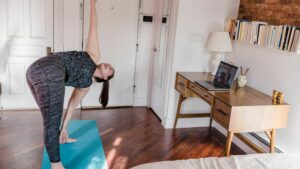
Start your day with movement.
Warm-ups
If morning exercise isn’t your thing, at least do some gentle warm-ups to loosen up your joints. Arm, leg and neck circles will all help with joint pain that may have settled in over the night.
Vinyasa
Lifting your heart rate during the day will encourage your body to take its rest at night. So try to fit in some vigorous practices – such as sun salutations and Vinyasa Flows – before the sun goes down.
Before Bed
Evenings are suited for more leisurely practices. Slowing down your movements encourages your thoughts to follow suit. Try a gentle Hatha or restorative practice with the lights low.
Restorative yoga is especially good for sleep, because you’re supported by piles of blankets, pillows and bolsters. Instead of “holding” each pose, you let go into the shape for five to 10 minutes. This letting go combined with the dark environment activates your parasympathetic nervous system – the one nicknamed “rest and digest”.
Restorative Yoga for Sleep
These are my top three favourite restorative poses before bed. I recommend covering yourself with a blanket, and using an eye mask or pillow. You want to feel as cozy as possible.
Supported bridge
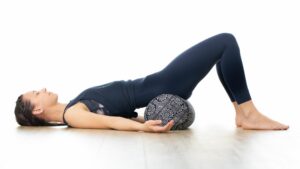
Use WAY more pillows than shown in this photo!
This gentle inversion and backbend is wonderful for releasing tension before bed.
Start by creating a “ramp” of pillows, with the high point under your hips, and the low point under your shoulders. You can also place a rolled up blanket under your neck to avoid it feeling crunched.
Legs up the wall
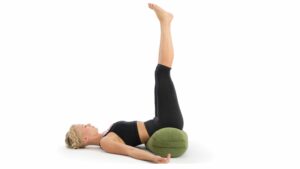
If you’re on your feet a lot or have varicose veins, this is a delicious pose. You’ll actually feel the lymph draining away from your feet.
Lie with your back on the floor, and extend your legs up the wall, hips as close to the wall as feels comfortable. Some people like a pillow under the sacrum.
If extending your legs is uncomfortable, lay on the floor with your calves and feet over the seat of a chair or the arms on your couch.
Try it for five to 10 minutes.
Reclined bound angle or butterfly pose. (Supta baddha konasana)
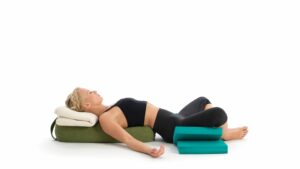
You’ll want a whole nest of pillows for this one. Basically, you’ll be starting in a seated butterfly and then reclining into a backrest of pillows with your thighs and feet.
All the supports allow your chest, abdomen, and hips to open gradually. Open your arms slightly to the sides, palms up, and resting on even more pillows or rolled up blankets.
Yoga Nidra
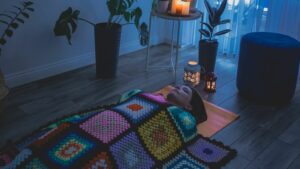
Yoga Nidra is the ultimate sleeping aid. Experts say that you’re supposed to remain conscious while your body and mind rest. I dare you to try! Most people find it impossible not to drift off.
Essentially, you listen as someone guides you to relax each part of your body over a period of 40 to 60 minutes. In this peaceful state, your pineal gland releases melatonin, the hormone responsible for sleep.
Don’t worry if you don’t fall asleep. One of the benefits of Yoga Nidra is that a 40-minute session of conscious relaxation is equivalent to a four-hour nap.
Meditation for Sleep
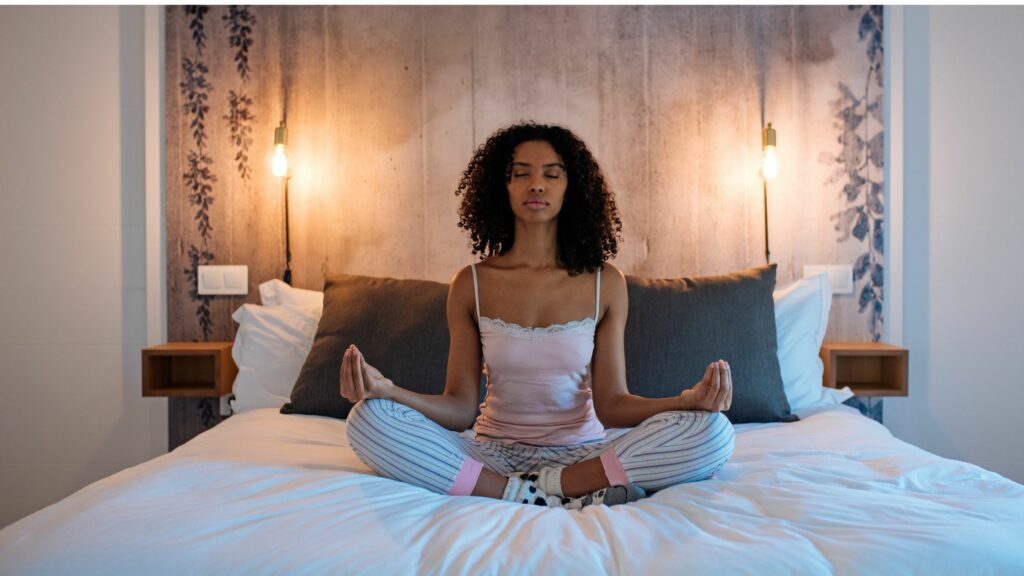
Meditation teaches your mind to focus on thoughts of your choice, like a mantra or how your breath feels as you exhale.
When you find yourself worrying about tomorrow’s errands, you can stop quickly and return to your focal point before you get wound up.
Some people include meditation in their bedtime routine. But the truth is that meditation will help you sleep better no matter what time of day you practice.
The effects of meditation are cumulative. The first time you try it, nothing much happens. But over time, you’ll notice that it’s easier and easier to concentrate.
Breathing Practices For Sleep
Breathwork is fabulous for improving sleep. It lowers your heart rate, reduces stress, and helps you focus on the present – three necessities for falling asleep.
Here are two I’d recommend before bed.
Box Breathing
This involves four even counts of 4 – hence the idea of drawing a box with your breath.
- Breathe in to a count of 4.
- Hold for 4.
- Breathe out to a count of 4
- Wait 4 counts before inhaling.
Repeat 3 to 10 times until you feel relaxed.
Alternate Nostril Breathing

This one is a little more complicated, but excellent for re-balancing if you’re feeling off kilter.
- Exhale completely.
- Plug your left nostril, and breathe in slowly through the right.
- Release your left nostril, plug the right, and exhale slowly through the left.
- Inhale back through the left nostril.
- Release your right nostril, plug the left, and exhale completely through the right.
Repeat 3 to 10 times. Then sit quietly with your eyes closed, noticing any changes in your body or mood.
Sleeping Better in Midlife
There are a lot of exhausting sleep problems for women in our 40s, 50s, 60s and beyond. Hormones, body pains, depression, and weak bladders are challenging opponents.
Remember to prioritize my sleep tips for midlife women:
- Set up your room for sleep – dark, cold, and quiet.
- Reduce caffeine and alcohol.
- Cultivate a healthy routine of yoga, meditation, and pranayama.
And if you do find yourself on the couch again, flicking angrily through Netflix, remember to be kind to yourself and your body. Midlife women may be tired. But we are also strong, wise and resilient. After all, nothing has beaten us yet!
More tips for Yoga Routines
Do you want more tips and encouragement for setting up a yoga routine that works for you? Check out my membership program.

